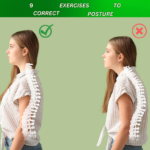Blog
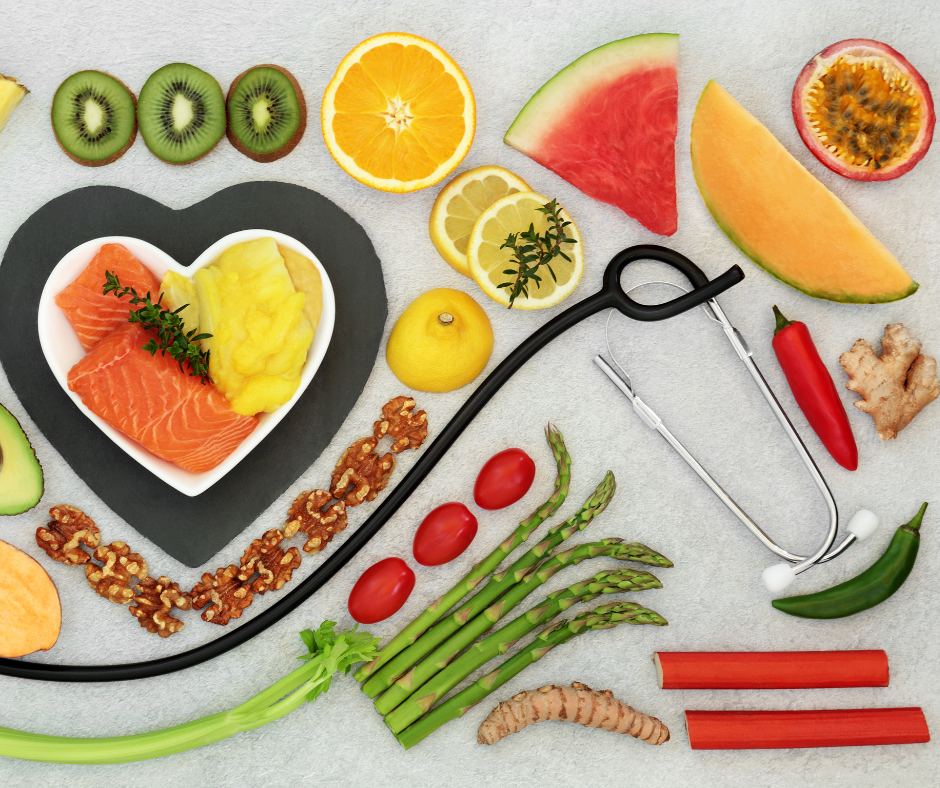
What Is A Leaky Heart Valve
A leaky heart valve occurs when one of the four valves in the heart does not close, known as regurgitation. Limit saturated fats, eat more vegetables, fruits, nuts & wholegrains.
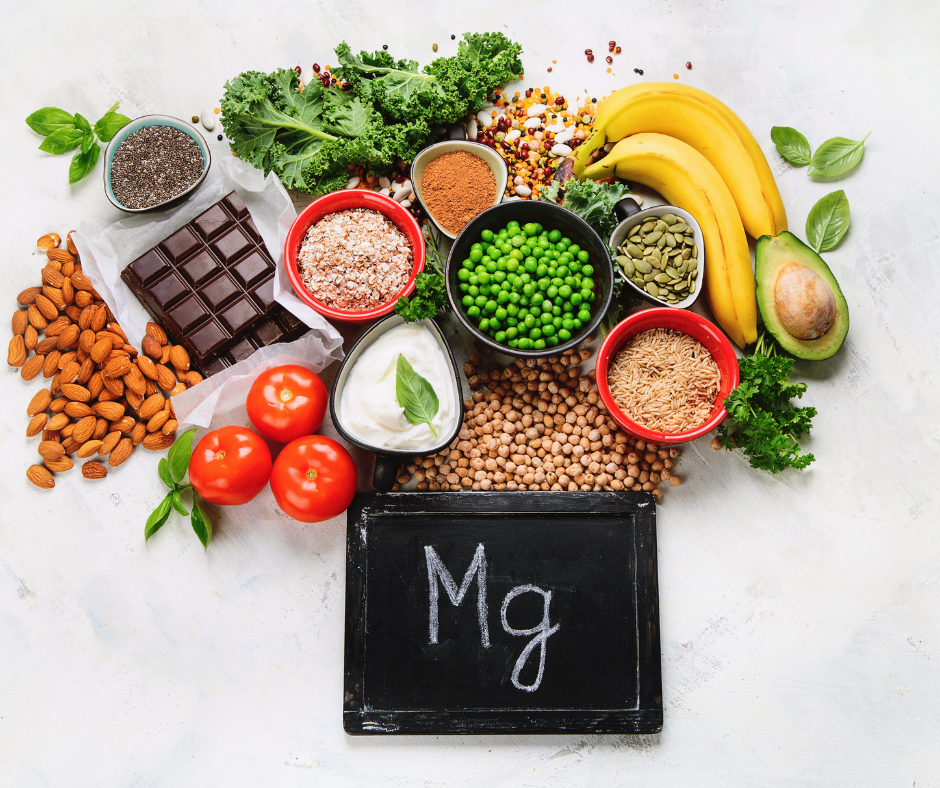
Why magnesium is important for your health
Taking magnesium supplements can offer many health benefits. Magnesium helps to regulate your body’s energy production, allowing you to stay energized throughout the day. It also plays a role in muscle and nerve function, helping to prevent cramps and spasms. Additionally, magnesium helps regulate your heart rate and blood pressure,
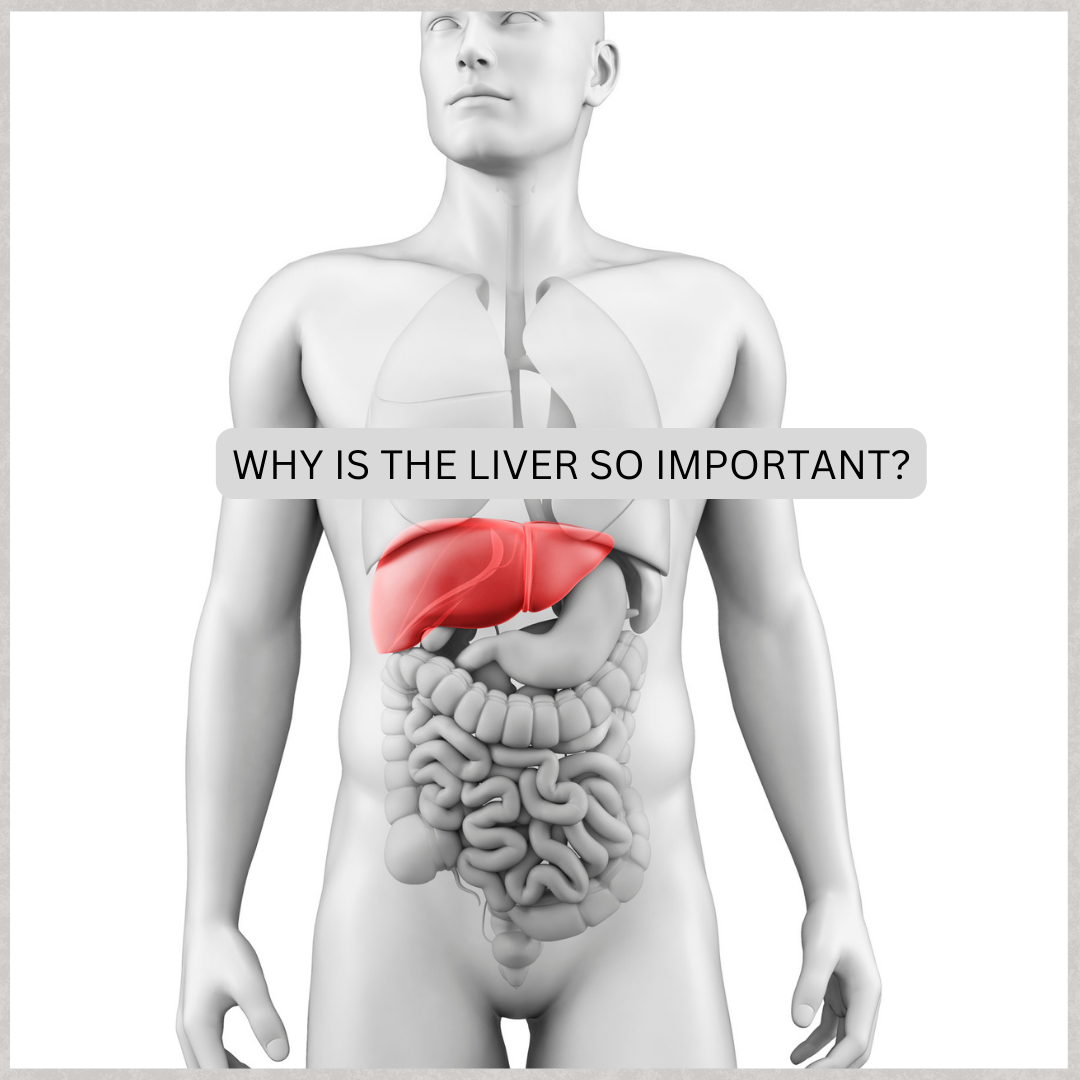
Why is the liver is so important?
Why is the Liver so important? What functions does the liver perform? The liver is an essential organ of the body that performs over 500 vital functions. Some of the more well-known functions include the following: Production of bile, which helps carry away waste and break down fats in
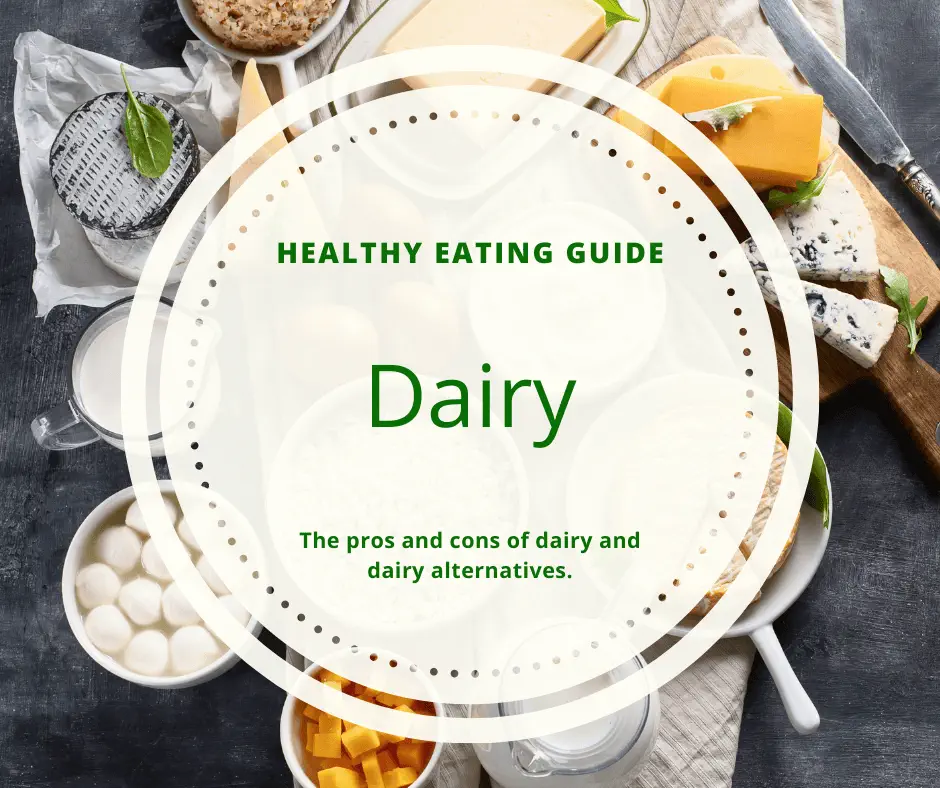
Healthy Eating Guide – Dairy
Dairy isn’t necessary in the diet for optimal health, but for many people it is the easiest way to get their calcium, vitamin D, and protein. Some sources of dairy are milk, cream (heavy cream, sour cream etc), cheese, yoghurt, butter, whey, casein, and ice cream. Benefits: Bone health Dental
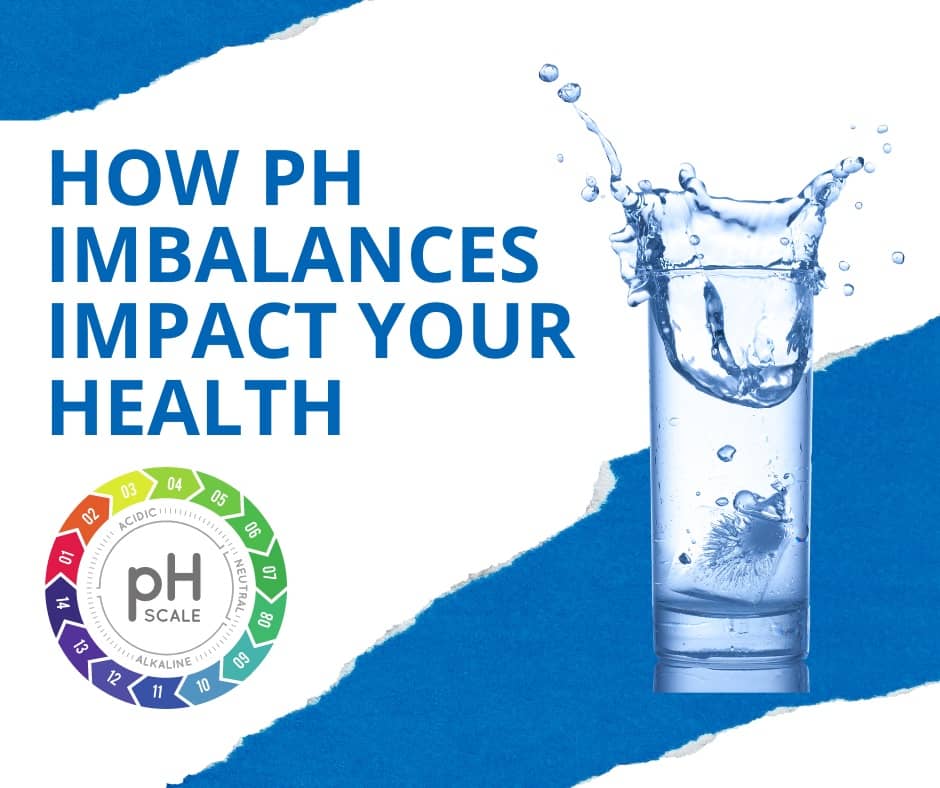
How a PH imbalance can impact your health
Most people who suffer from an imbalanced pH are acidic. This condition forces the body to borrow minerals —including calcium, sodium, potassium and magnesium from vital organs and bones to buffer (neutralise) the acid and safely remove it from the body. Because of this strain, the body can suffer severe and prolonged damage due to high acidity, a condition that may go undetected for years.
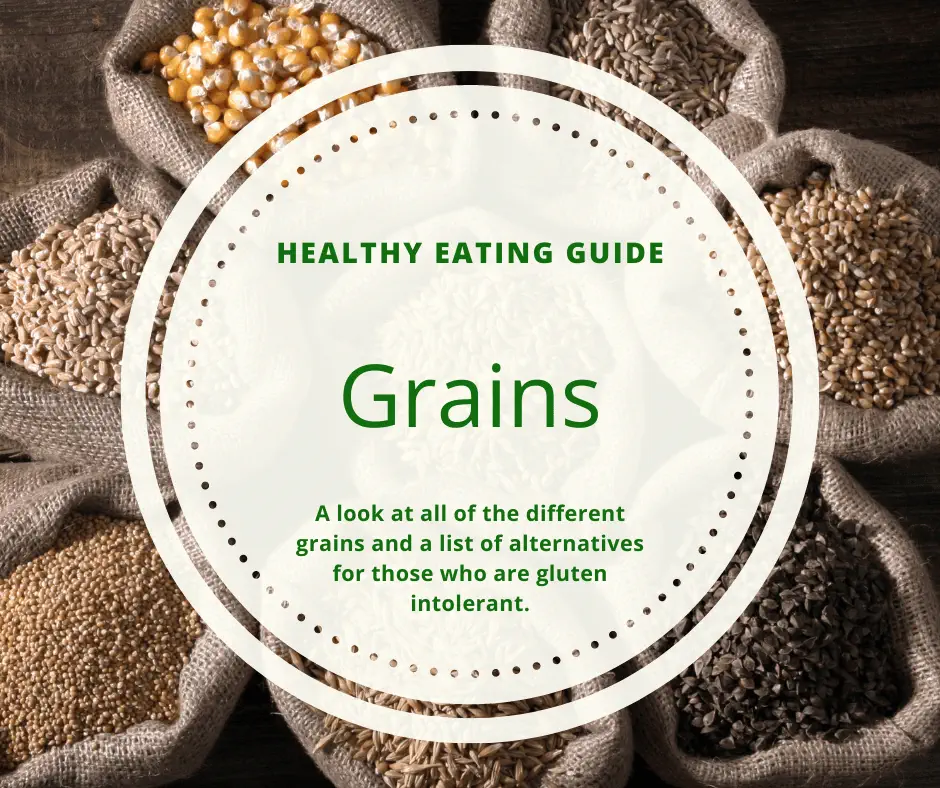
Healthy Eating Guide Grains
Grains are the seeds of grass-like plants called cereals. Some of the most common varieties are corn, rice, wheat, oat, barley, millet and rye.
Some seeds of non-grass plants or pseudo cereals are also considered whole grains and include buckwheat, quinoa, and amaranth.
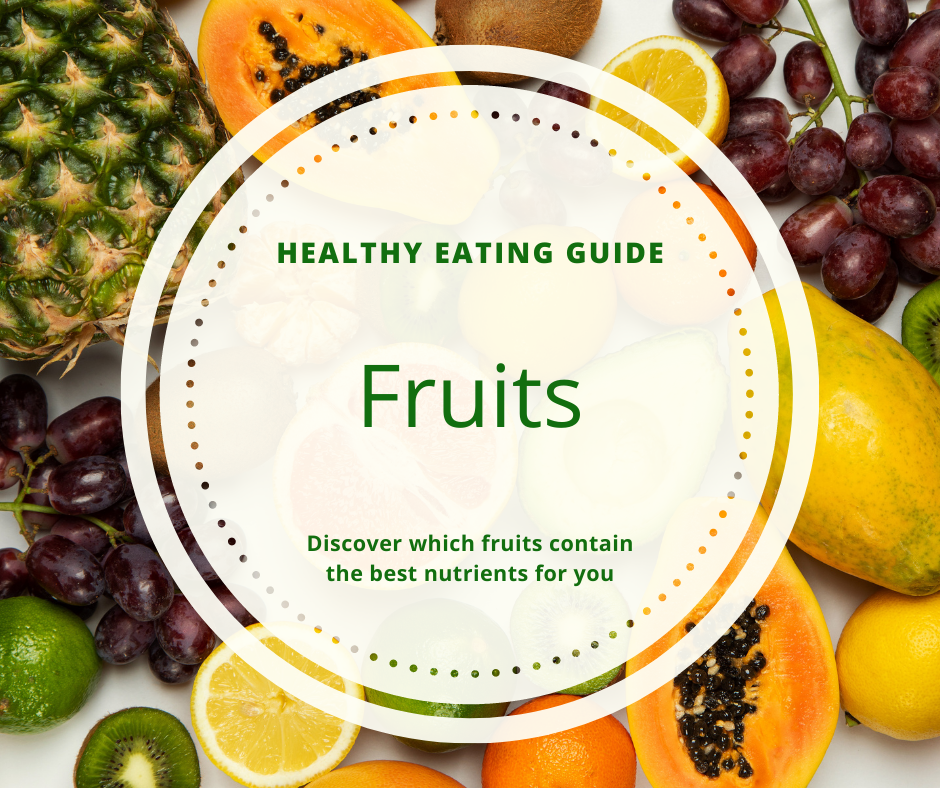
Healthy Eating Guide – Fruit
Fruits are an excellent source of essential vitamins and minerals, and they are high in fibre. Fruits also provide a wide range of health-boosting antioxidants, including flavonoids.
Different coloured fruits, especially orange, red and yellow fruit, contain carotenes (Vitamin A) which are also thought to assist in immune function.
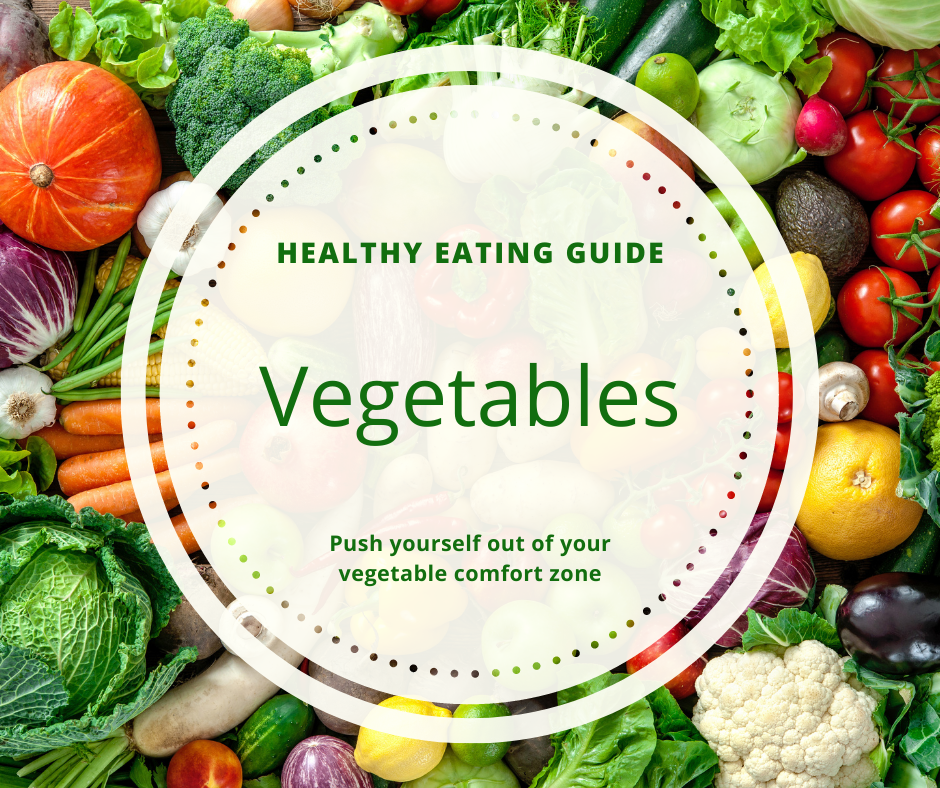
Health Eating Guide – Vegetables
Vegetables includes leafy greens, cruciferous vegetables, marrows, root vegetables, edible plant stems, alliums, and starchy vegetables. It’s important that you’re getting a broad selection of vegetables and not just the same five that you’re comfortable with. Get adventurous, creative and try to get as much colour as you can in your vegetables.

Rotator Cuff Rehabilitation and Stretching Exercises
The more you repeat the above exercise the stronger and more flexible your rotator cuff and shoulders will become.

Basic stretching
Stretching keeps the muscles flexible, strong and healthy and we need that flexibility to maintain a good range of motion in the joints.
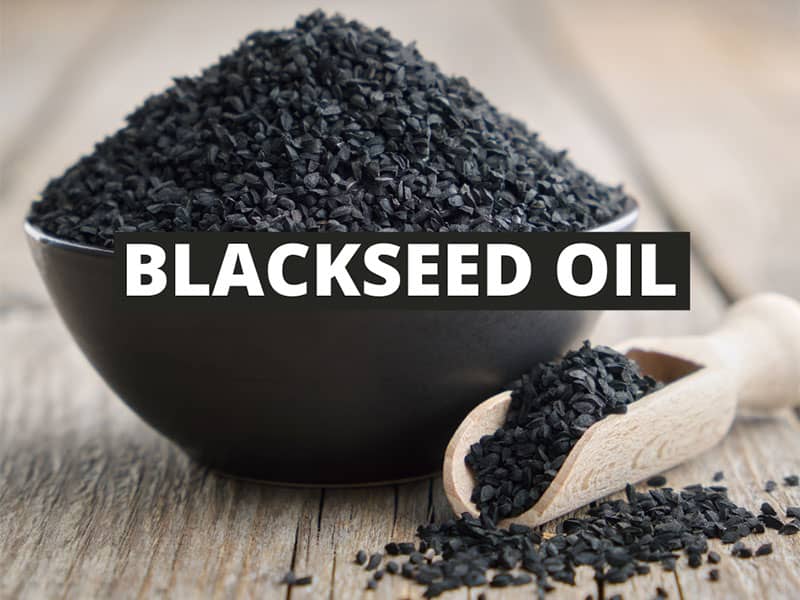
What Is Black Seed Oil?
Black Seed Oil (Nigella Sativa) is a small flowering plant that grows in Southwest Asia, the Middle East, Southern Europe, and Northern Africa.
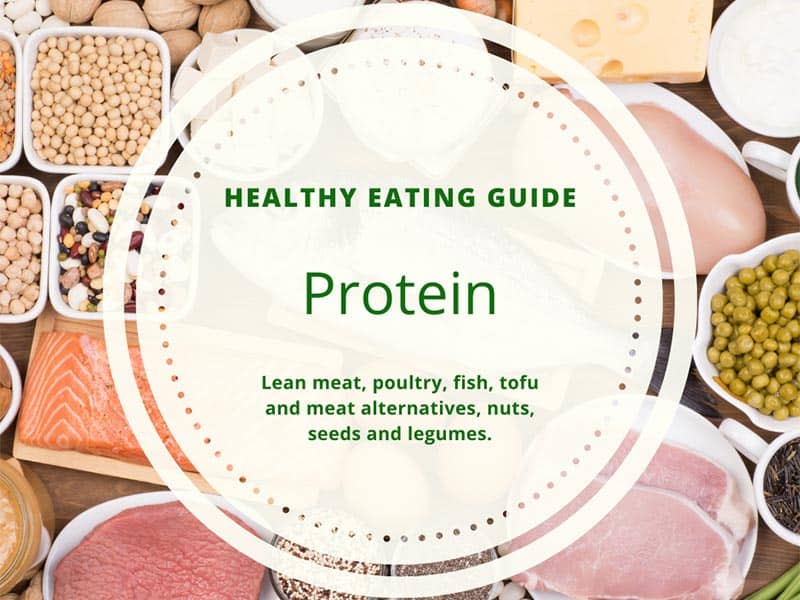
Healthy Eating Guide – Protein
Eating a balanced diet is the best way to reduce your risk of disease, maintain good health and a strong immune system.


